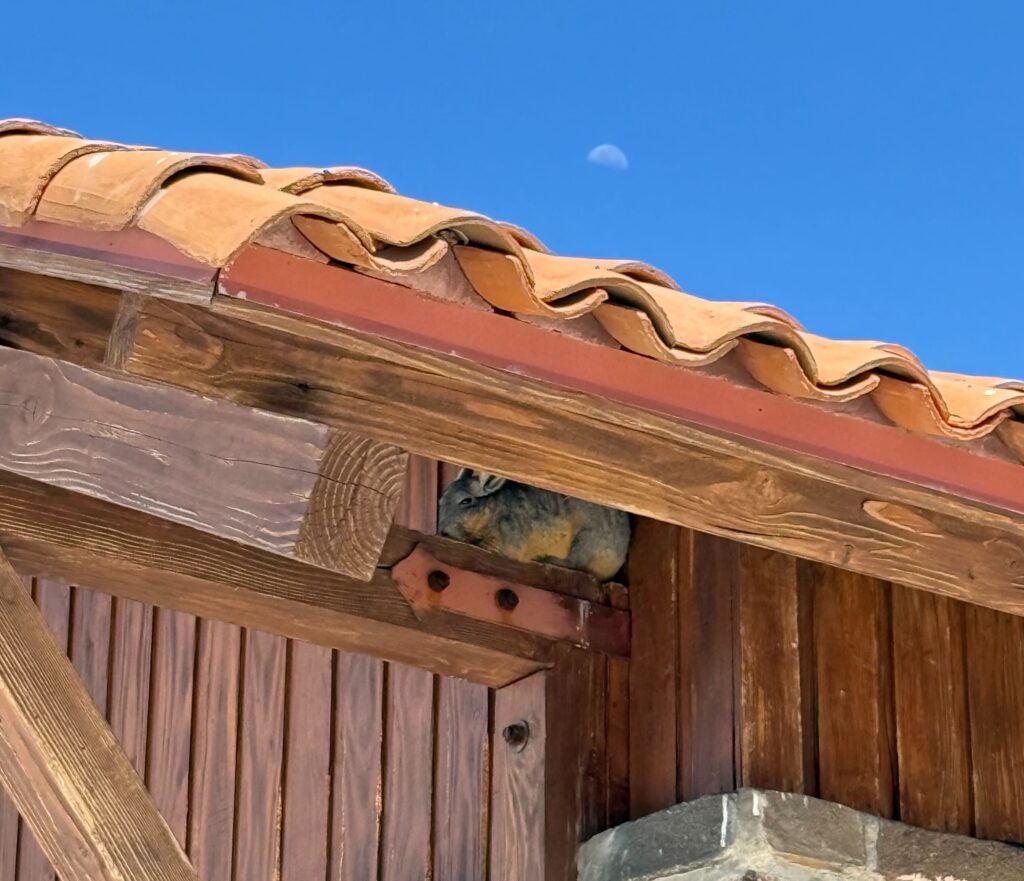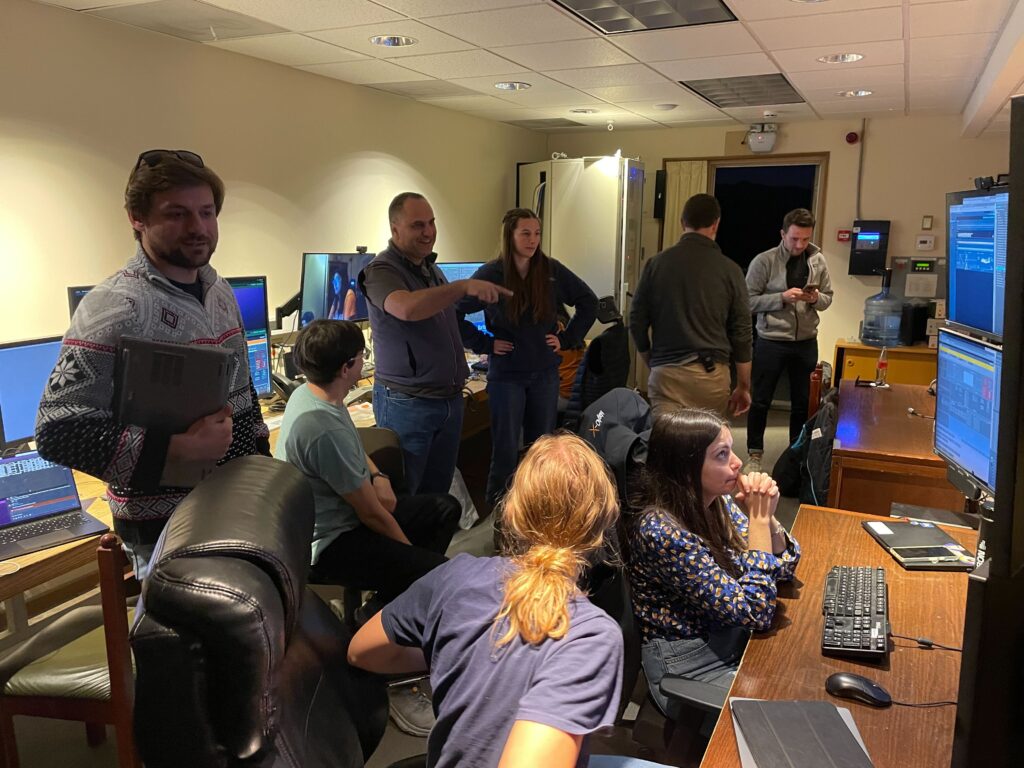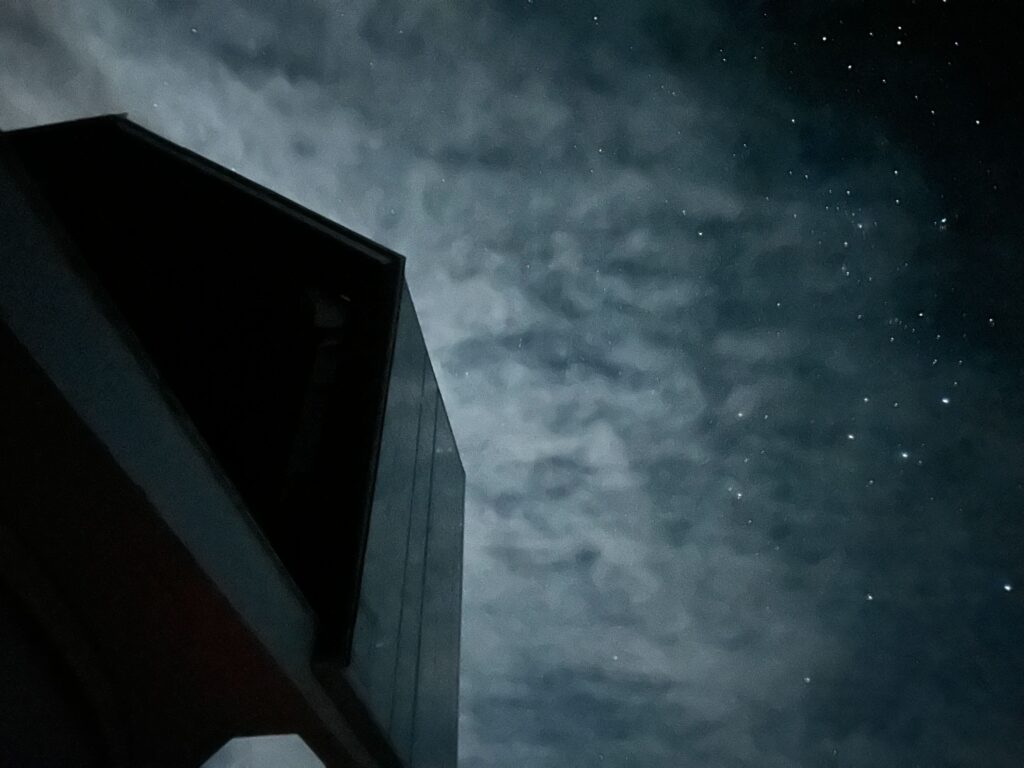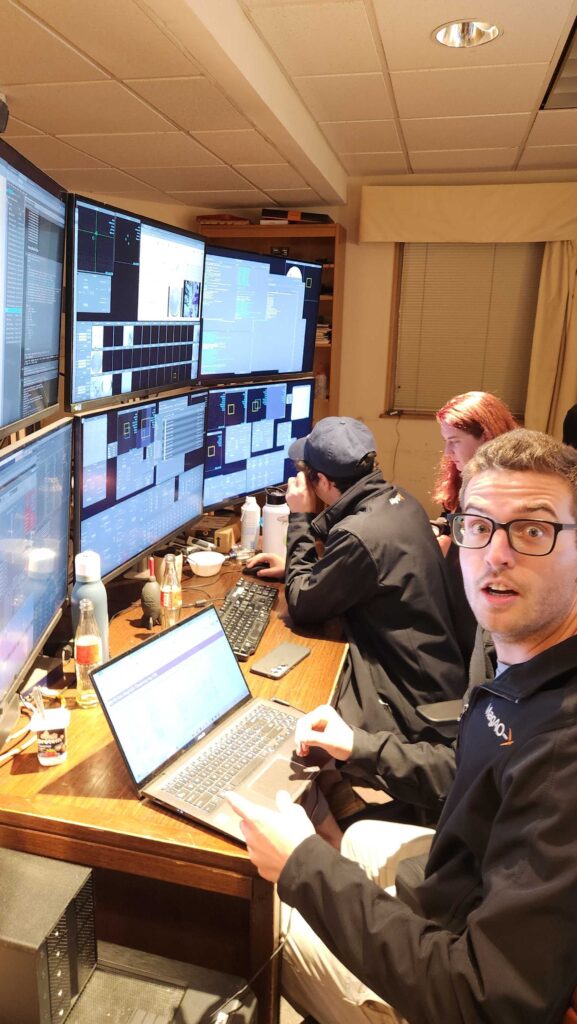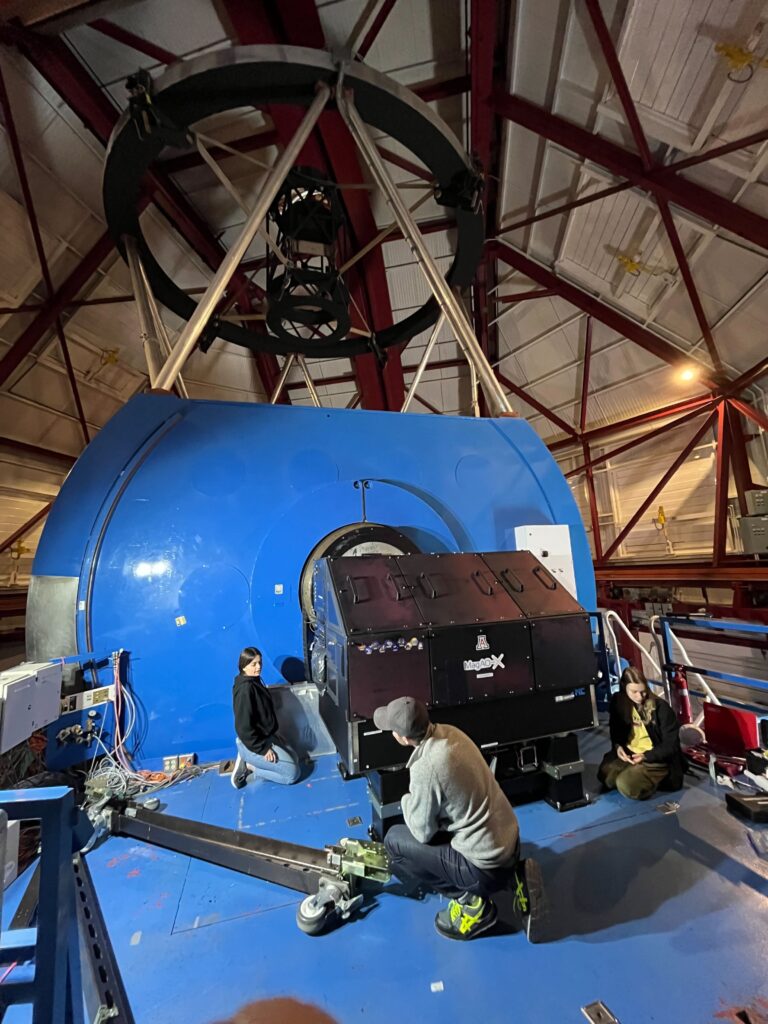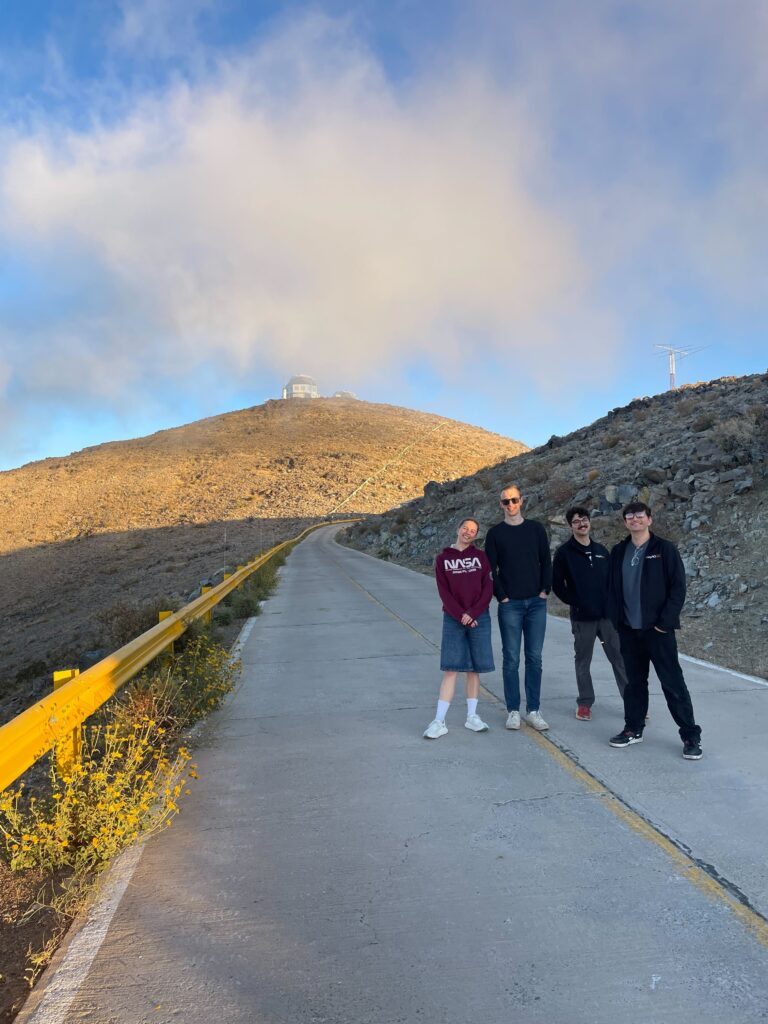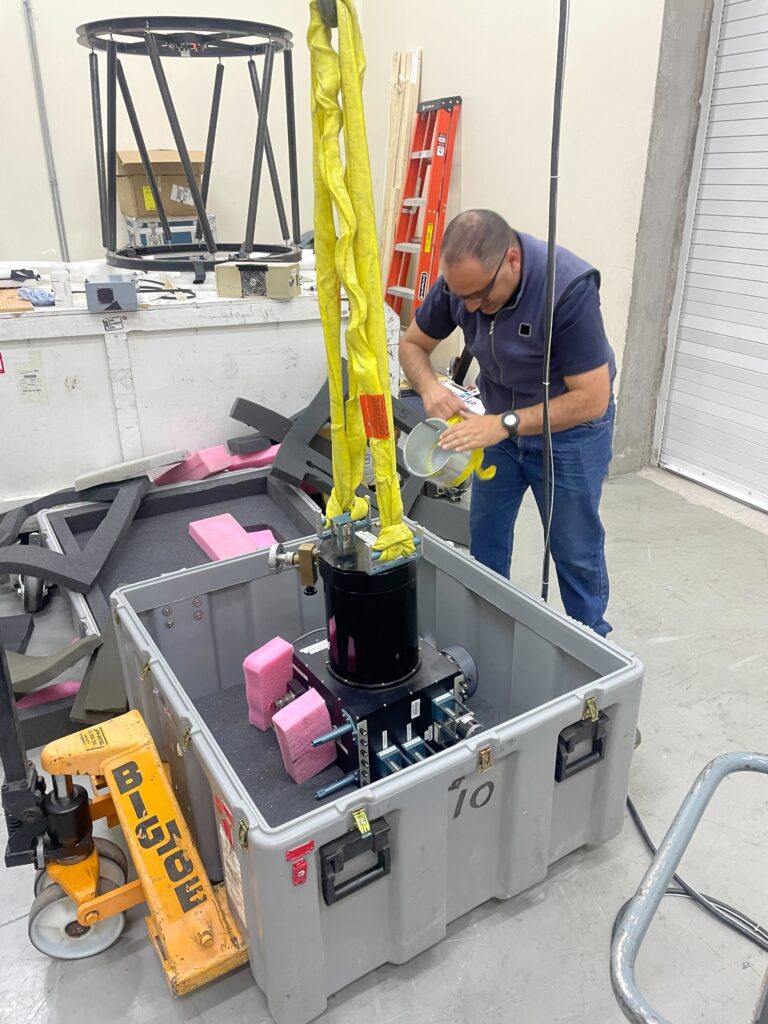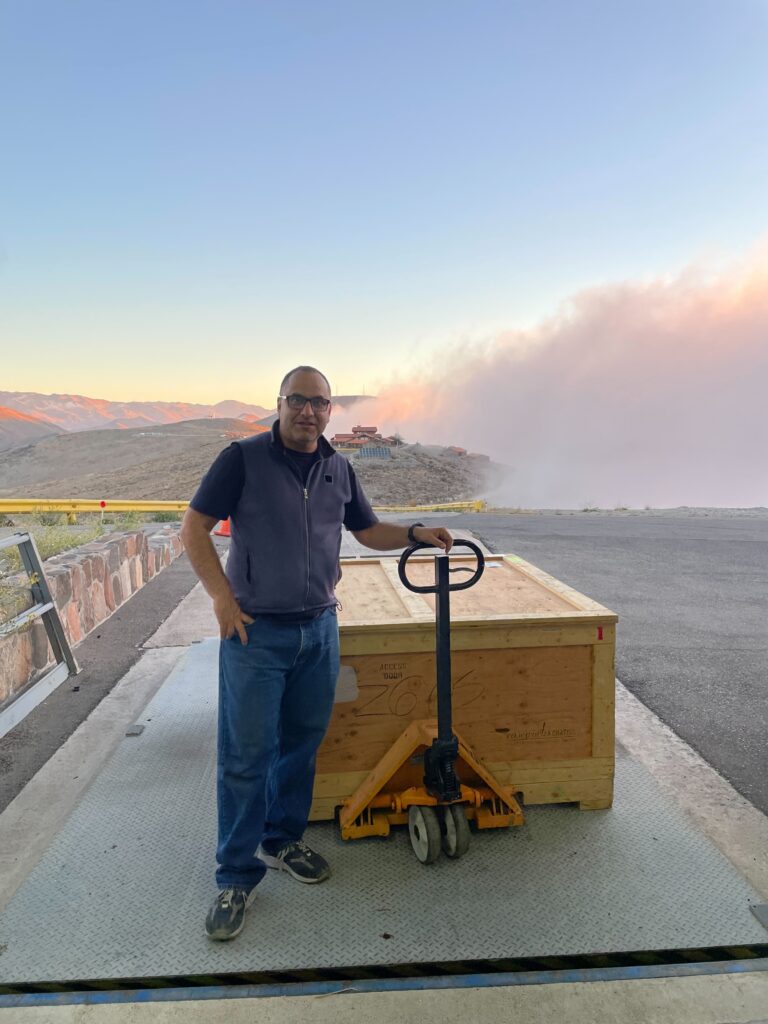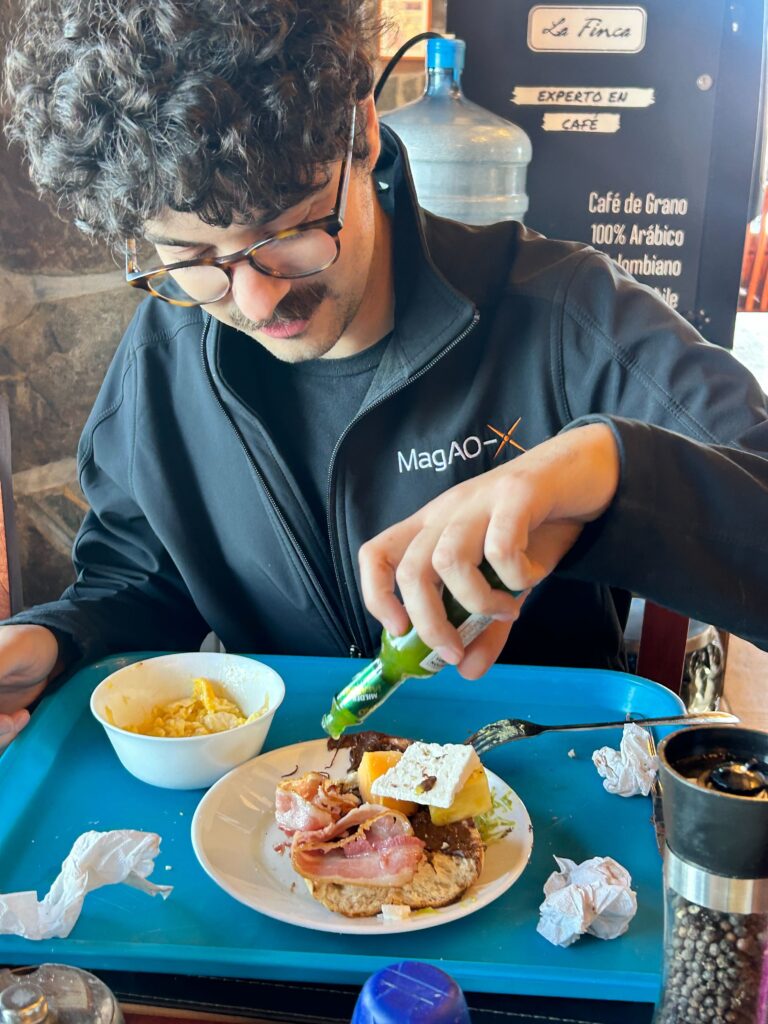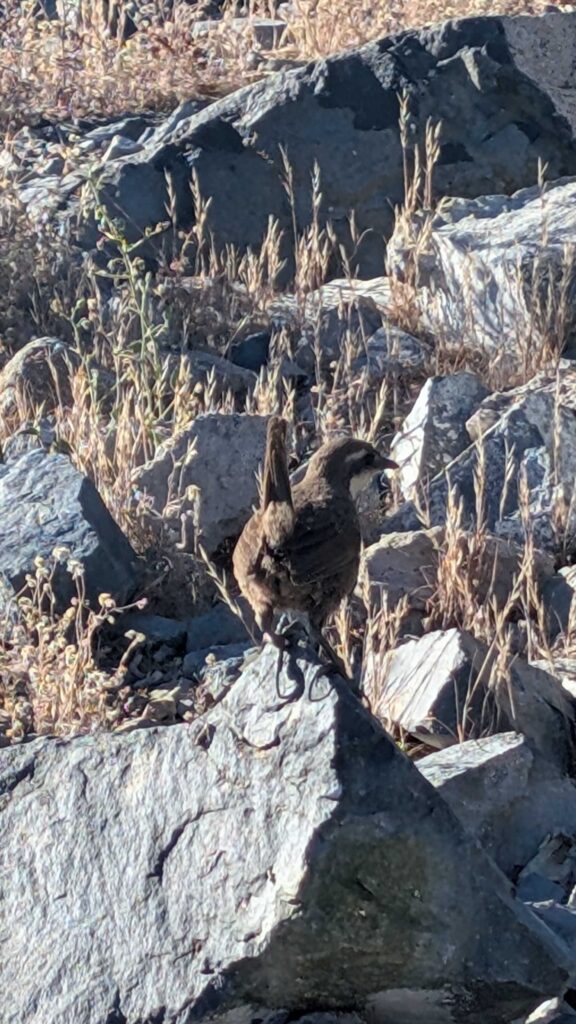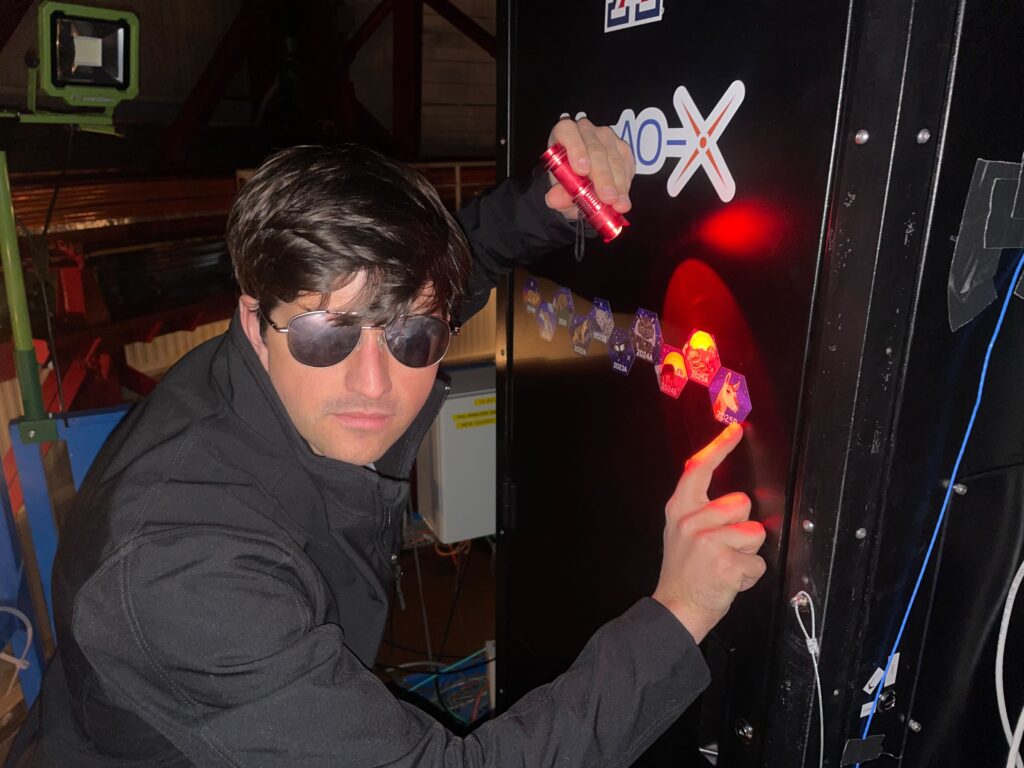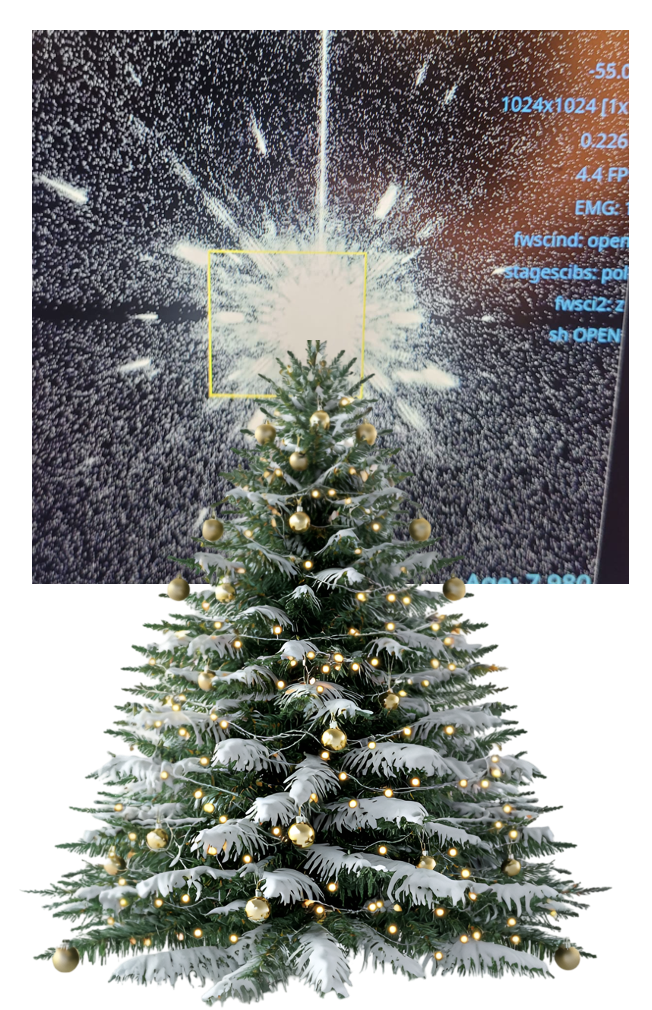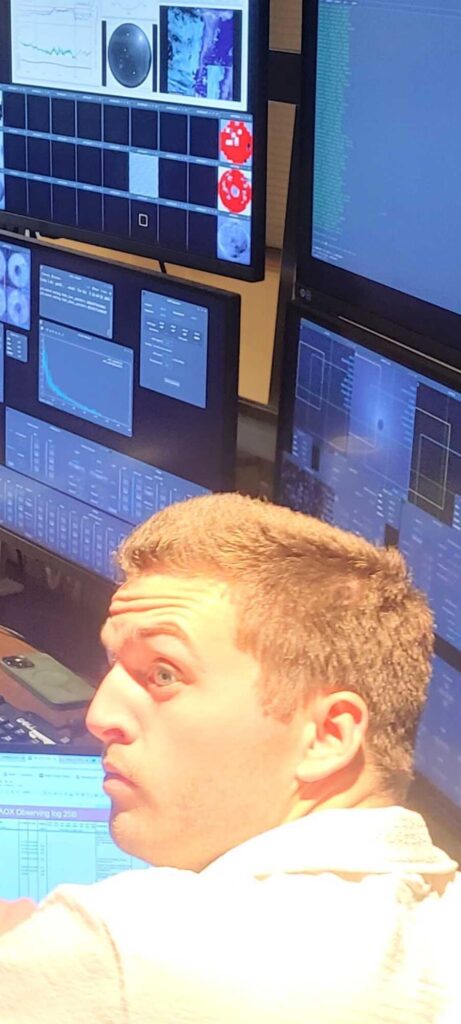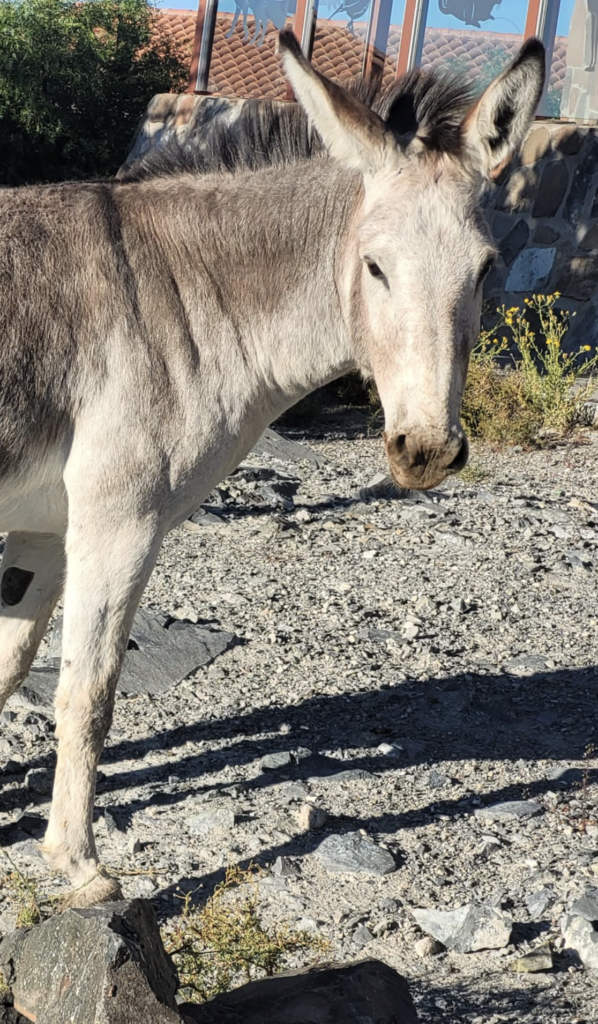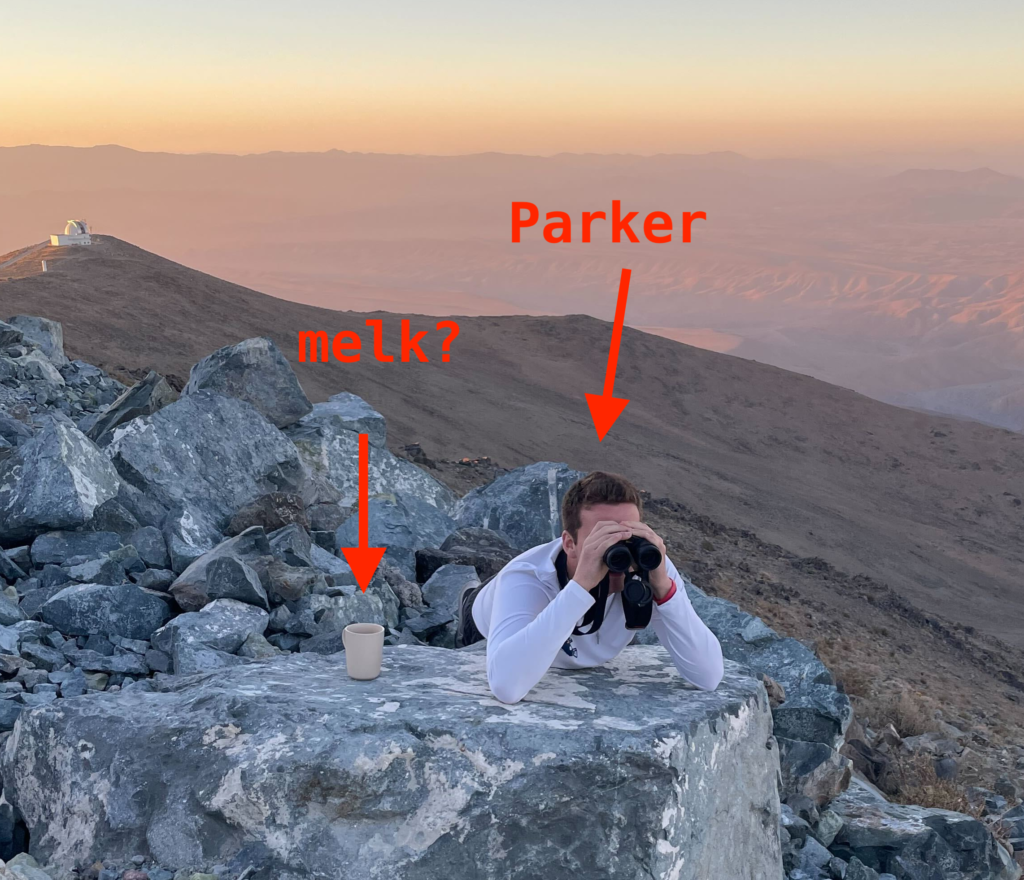Phil: Do you know what day it is?
Rita: No, what?
Phil: Today is tomorrow. It happened.
— Groundhog Day (1993)
This will be my 571st night at LCO (and this is my 270th blog post).
I feel like one always gets into a rhythm on a long observing run. It might take a while — with MagAO-X we always start with a frantic lab period, installing the latest crazy upgrades and tuning the instrument up. Then there’s “the day”, where we go 24 hours all at once to move up to the telescope. That helps with the transition, since you’re so tired after that you can’t help but sleep at 8 am. Then after about a week your body starts to adjust, and you can sleep a little later into the afternoon. One night turns into another, and you start to wonder if you’ve ever had a different day. But now we get to go find out what those different days are like.
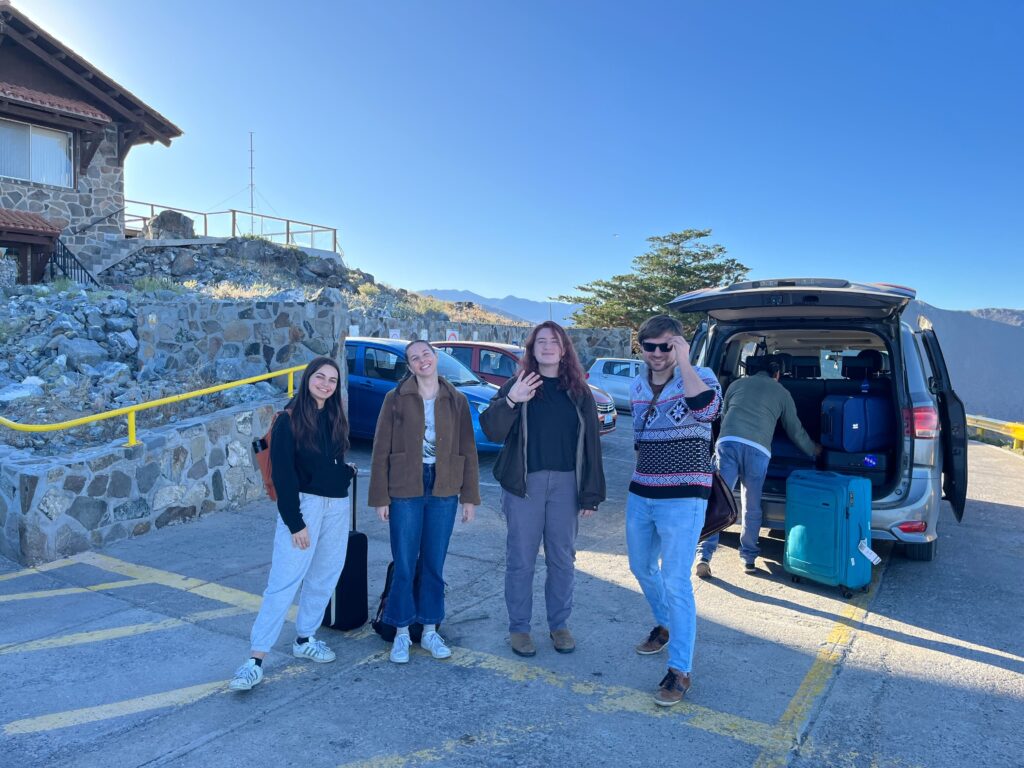
MagAO-X works because of our great team. Thanks everybody for the hard work. And thanks to our great observers who bring us such interesting projects and challenging observations. See you next time.
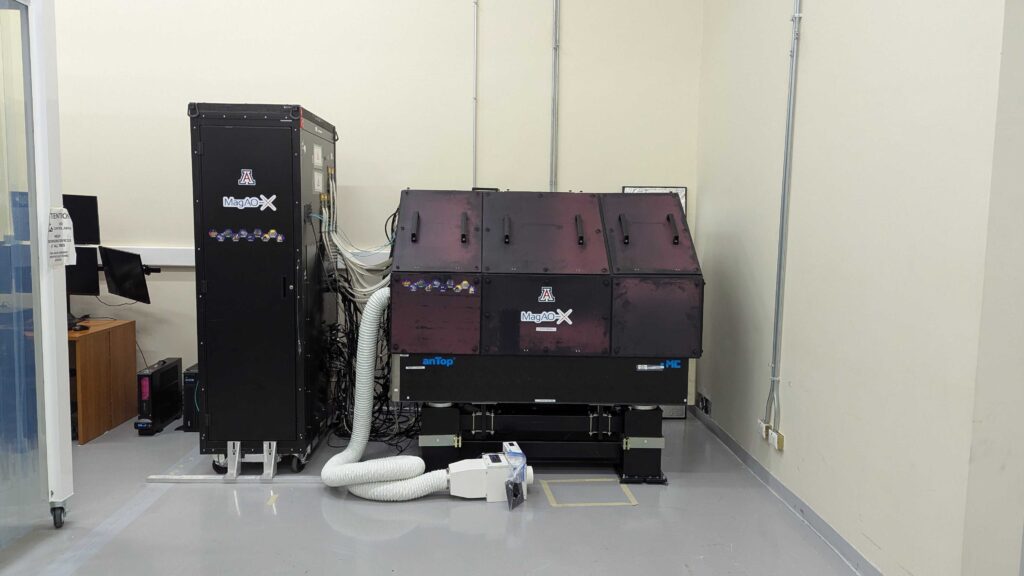
As has become our normal practice, we have left MagAO-X set up for remote operations in the LCO cleanroom. This time it’s a little different, since we put it in the corner to keep the tent clear for another instrument. Fits just fine over there.

We have exciting new things planned for next semester, so exciting we may have to change the way the blog works!
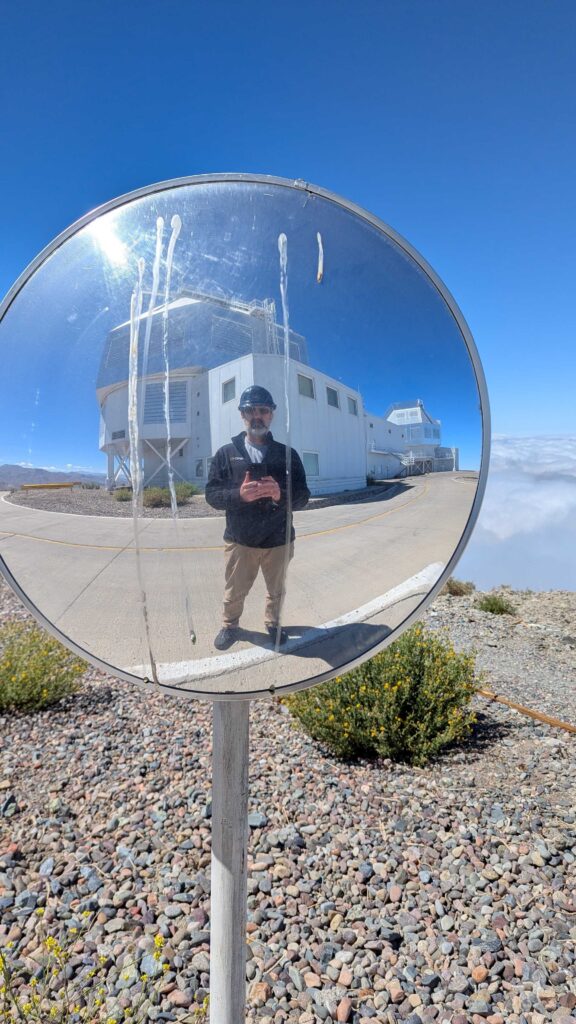
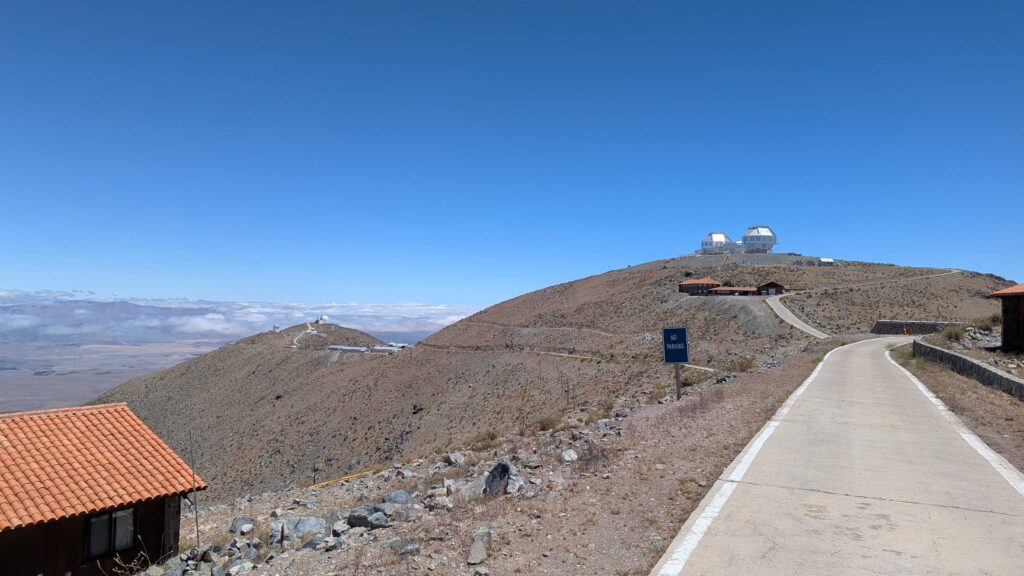
Fun Fact: Imbolc is the old Gaelic name for what became Saint Bridget’s day, and is a seasonal festival marking the turning of Winter into Spring. The ancient goddess Brigid was welcomed into homes at Imbolc with hopes for a quick end to Winter and a warm Spring. Part of this festival included watching for animals to emerge, and to see if the hag Cailleach arranges for good weather so she can gather lots of firewood for the long remaining winter ahead. Does that sound familiar? Well, that just might be where modern Groundhog Day comes from.
And here’s a song about Bridget.
This song has been on a MAPS run before. The artist, Celia Farran, was just in Tucson for the Celtic Festival — but we didn’t find out about it until it was too late.
